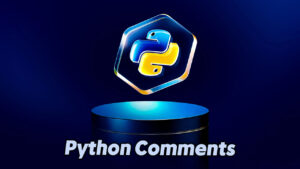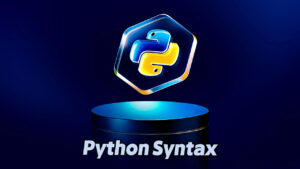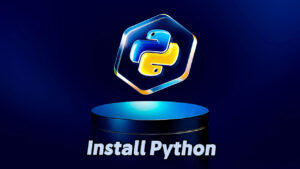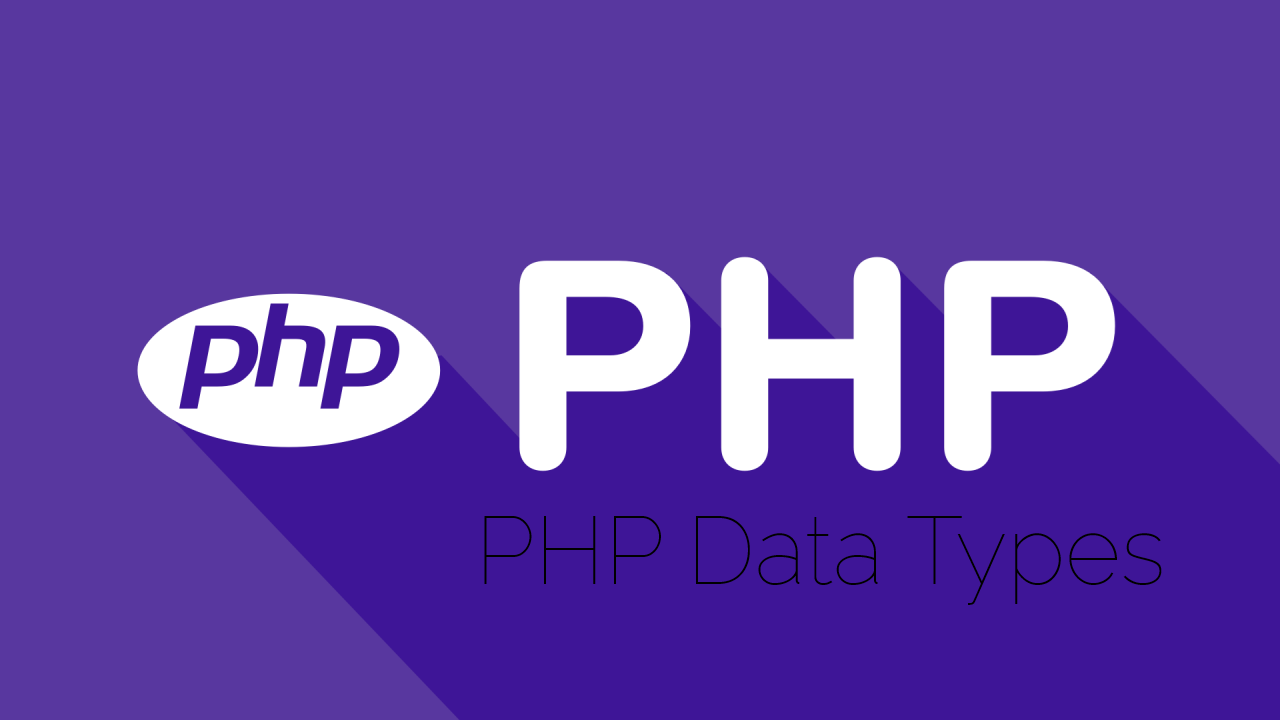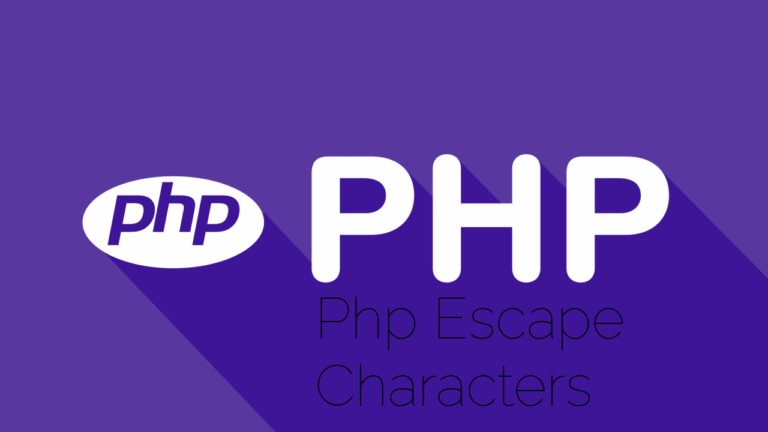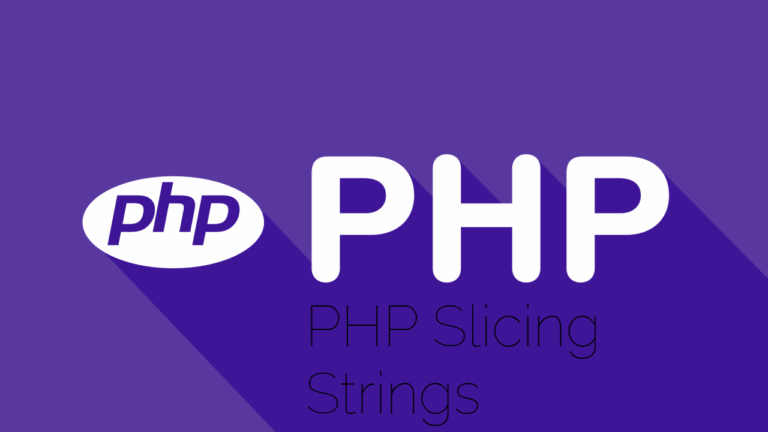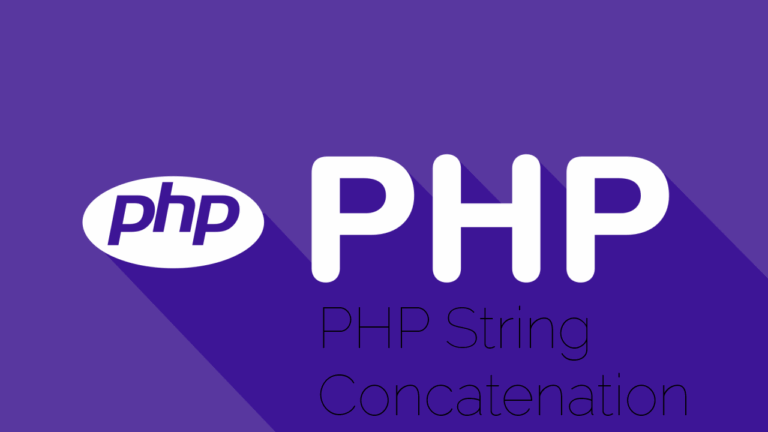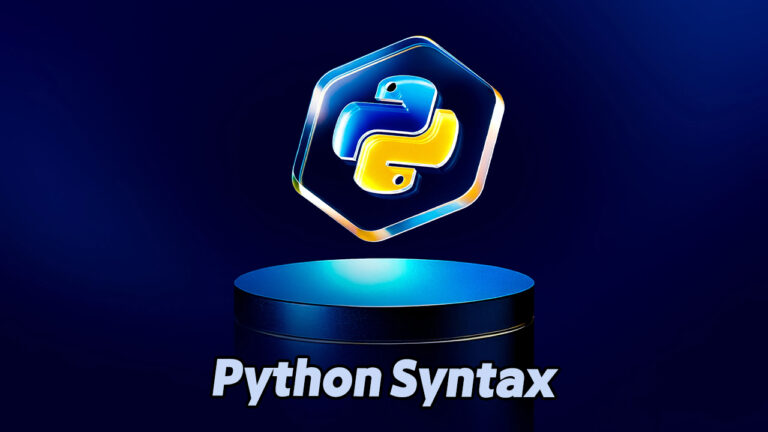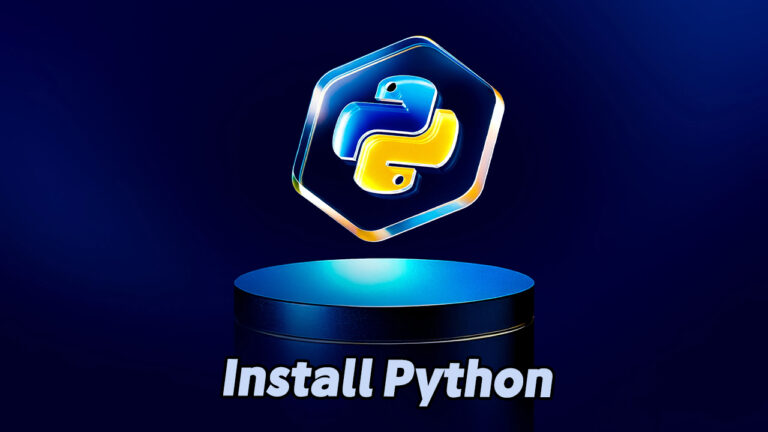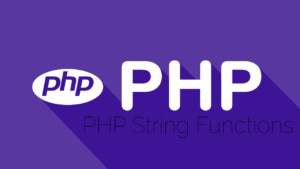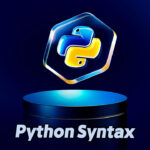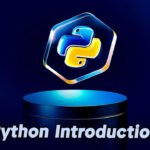PHP Data Types Explained
In PHP, variables serve as containers for various data types, each enabling distinct operations and behavior within your application logic. A strong understanding of these types is essential for effective and bug-free PHP programming.
Types of Data in PHP
PHP supports several fundamental data types, including:
- String – A sequence of characters enclosed in quotes.
- Integer – Whole numbers without decimals.
- Float (or Double) – Numbers with decimal points or exponential form.
- Boolean – Represents true or false values.
- Array – Stores multiple values within a single variable.
- Object – Instances of user-defined classes.
- NULL – A variable with no value assigned.
- Resource – References to external data sources like database connections.
Identifying a Variable’s Data Type
The var_dump() function reveals both the data type and the value of a variable. This is a vital tool for debugging and data inspection.
$x = 5;
var_dump($x);
String
A string is any collection of characters surrounded by either single or double quotes. Both syntaxes are valid.
$x = "Hello world!";
$y = 'Hello world!';
var_dump($x);
echo "<br>";
var_dump($y);
Integer
Integers are non-decimal numbers that fall within a specific range (−2,147,483,648 to 2,147,483,647 on 32-bit systems). They must not contain decimals and can be declared in decimal, hexadecimal, octal, or binary notation.
$x = 5985;
var_dump($x);
Float
Floats, also known as doubles, are numbers that include a decimal point or are expressed in exponential notation.
$x = 10.365;
var_dump($x);
Boolean
Boolean types evaluate logical expressions and return either true or false. They are essential in conditional operations.
$x = true;
var_dump($x);
Array
Arrays enable developers to store multiple values under a single variable identifier.
$cars = array("Volvo", "BMW", "Toyota");
var_dump($cars);
Object
Objects are instances of classes in object-oriented programming. They inherit the properties and methods defined in the class.
class Car {
public $color;
public $model;
public function __construct($color, $model) {
$this->color = $color;
$this->model = $model;
}
public function message() {
return "My car is a " . $this->color . " " . $this->model . "!";
}
}
$myCar = new Car("red", "Volvo");
var_dump($myCar);
NULL
A variable is of NULL type when it has no value assigned. Variables with no assigned value default to NULL.
$x = "Hello world!";
$x = null;
var_dump($x);
Dynamic Typing and Type Casting
PHP is a dynamically typed language, meaning variable types can change during execution.
$x = 5;
var_dump($x);
$x = "Hello";
var_dump($x);
To explicitly convert the type of a variable without altering the value, casting can be used:
$x = 5;
$x = (string) $x;
var_dump($x);
Resource Type
A resource is a special type that holds references to external resources, such as database connections. Due to its advanced nature, this topic is addressed in later sections on database integration.
For more advanced tutorials and expert PHP guidance, visit Devyra.

